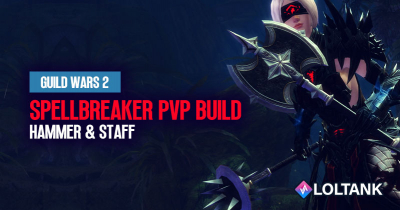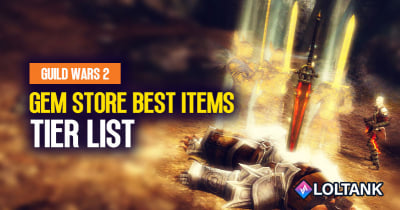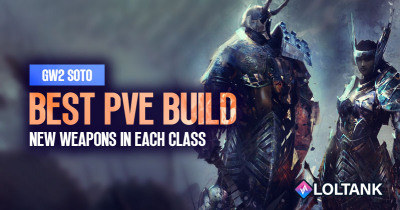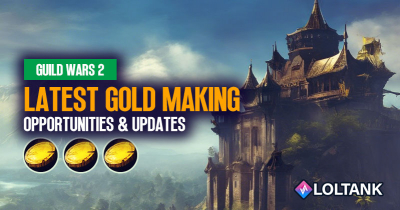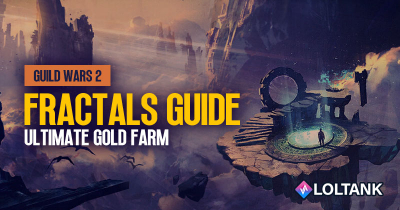How To choose Guild Wars 2 Boon Support Build?
- Marisa
- Share
- Guild Wars 2
- 02/27/23
- 2683
Guild Wars 2 offers a vast array of builds and strategies for players to choose from, allowing them to customize their experience to best suit their playstyle. One of the most interesting and versatile build types is boon support, which provides a range of boons to allies that can greatly enhance their effectiveness. Boon support builds can generally be classified into three types: free support, sequential boon support, and single-source boon support.
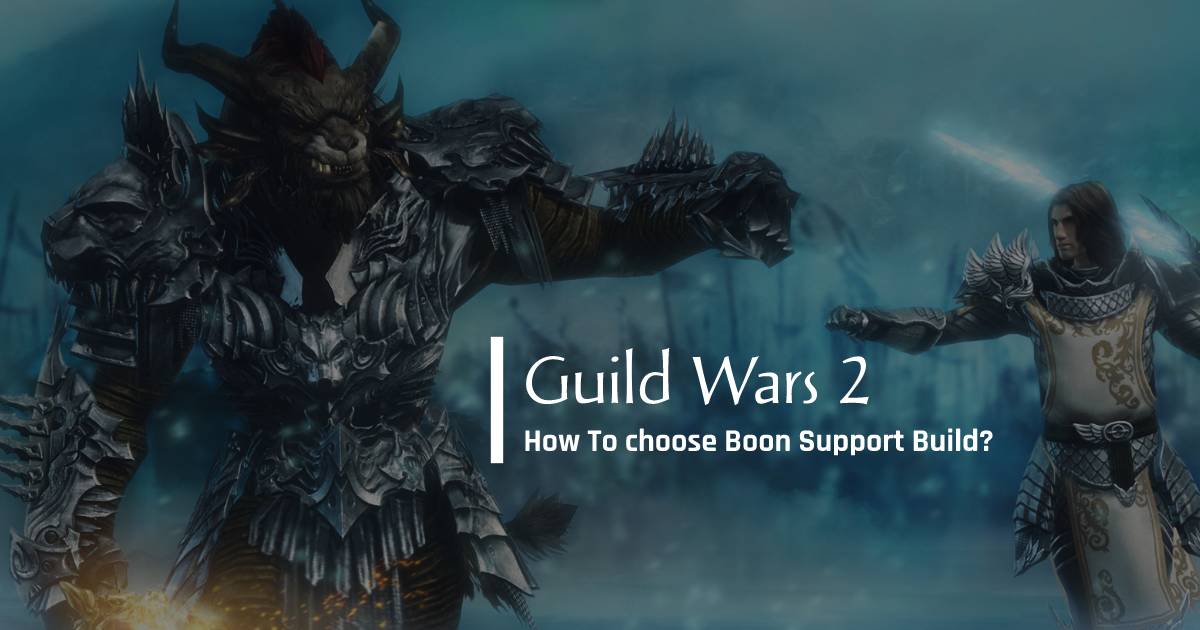
Free support builds
Free support builds are the most straightforward and have the greatest flexibility, allowing players to provide boons as needed. Examples of this type of build include Spellbreaker, Alacrity Specter, Quickness Scrapper, Alacrity Chronomancer, and Herald. The Herald build is unique in that its boon skills can only be used while channeling Glint, forcing some synchronization between boon skills.
Sequential boon support builds
Sequential boon support builds are slightly more complex, offering boons in a fixed rotation. Examples of this type of build include Alacrity Mirage, Quickness Harbinger, Alacrity Untamed, and Quickness Chronomancer. Mirage and Harbinger generate their boons from a single source, but Mirage's duration of one application is much shorter. Quickness Chronomancer is somewhat unique in that it has a free skill, Shield 5, although it is only available on one of the two weapon sets.
Single-source boon support builds
Single-source boon support builds are the most difficult to master, but they offer the greatest degree of control and reliability. Examples of this type of build include Alacrity Renegade and Quickness Catalyst. Alacrity Renegade has no cooldown on its boon skill, allowing it to provide boons as needed. Quickness Catalyst relies on energy gained from attacking, making it less suitable for mechanics.
Final Thought
Each type of boon support has its own advantages and disadvantages. Free support builds are reliable on encounters where the group stays together, are good for mechanics, and have high DPS potential. Single-source boon support builds are the best for leaving-to-do mechanics and are reliable on spread mechanics, but they struggle against boon strips and have difficulty against bosses that disappear. Sequential boon support builds are ideal for situations where a DPS player needs to go off the stack, are strong on encounters that strip or corrupt boons, and can be beneficial in fights where individual players spread out often.
No matter which type of boon support build players choose, they will have a major impact on their group's success. Knowing the strengths and weaknesses of each type and how to best utilize them is key to becoming effective boon support.
Most Popular Posts
- Guild Wars 2 Open World PvE Builds: Ranking & Tier List For 2023
- Guild Wars 2: Top 4 Best Maps To Farm Gold in 2023
- Guild Wars 2 Wizard's Vault Items: Tier List For Best and Worst
- How to get more gold with unidentified gear in Guild Wars 2, 2023?
- How to Farm Gold Weekly with Imperial Favors | Guild Wars 2?
- How to Get Research Notes Quickly and Efficiently in Guild Wars 2, 2023?
Popular Category Lists
- Path of Exile / (873)
- Diablo IV / (702)
- Runescape / (344)
- New World / (172)
- WoW Classic SoD / (171)
- Guild Wars 2 / (159)
- Elder Scrolls Online / (138)
- FFXIV / (135)
- World of Warcraft / (65)
- WOW Classic / (43)
- Elden Ring / (40)
- Throne and Liberty / (36)
- SWTOR / (35)
- Albion / (35)
- Last Epoch / (32)
- League of Legends / (30)
- Dark and Darker / (28)
- Fallout 76 / (27)
- WotLK Classic / (23)
- Genshin Impact / (22)





 0
0

